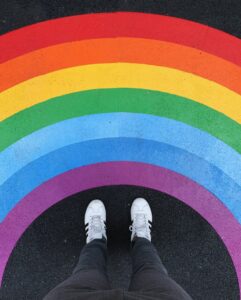Children at the Margins
The United States is failing many of our children.

We are failing children who are Black, Indigenous, and People of Color (BIPOC), who are more likely to live in poverty, be put into foster care, be suspended from school, and end up in the juvenile justice system. These children and families are more likely to face huge barriers when seeking basic opportunities for advancement in jobs, housing, and education.
We are also failing LGBTQ youth, who are four times more likely to attempt suicide than their peers. Their risk isn’t because of their sexual orientation or gender identity, the Trevor Project notes. It comes from being mistreated and stigmatized (2021).
What happens when a child from a marginalized community also has a disability? Their risk of abuse increases significantly, as does the risks of arrest, bullying, harassment, and school suspension. Children with any type of disability are at least 3.4 times more likely to experience abuse than children without disabilities (Sullivan & Knutson, 2000).
In Children with Disabilities at the Margins, we’ll share resources that can help us all begin to unravel the harmful beliefs about other races and cultures we may not even know we have. We’ll discuss how a belief system called ableism causes problems in the lives of children and adults with disabilities, along with how to talk respectfully about disabilities. We’ll also share insights about working with children and families who are refugees and immigrants in the U.S.

